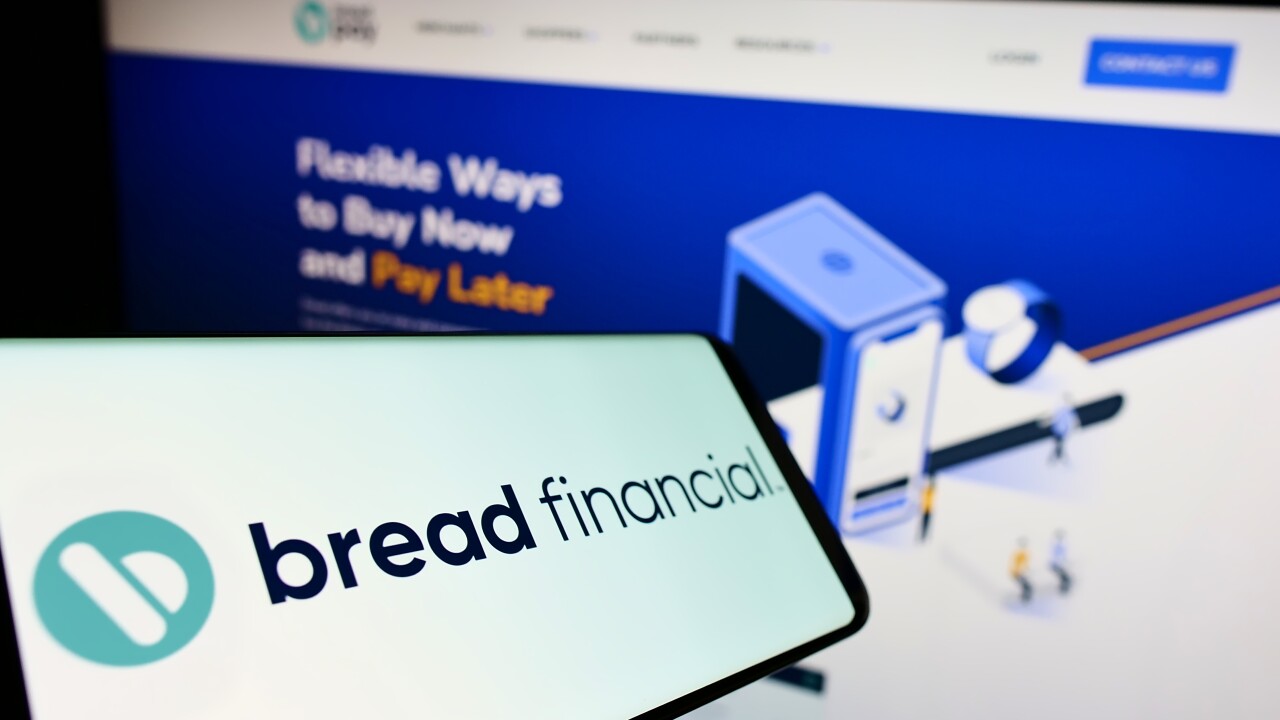Bank of Internet USA, a folksy little Web-only bank that opened on July 4, 2000, with $14 million of venture capital, said this month that the fourth quarter was its first profitable one, and that it had ended 2001 with $200 million of assets.
The San Diego company said it crossed into the black in September, and posted a profit of $170,000 in the fourth quarter, compared to a loss of $232,000 in the year-earlier period.
Bank of Internet or B of I as it has nicknamed itself says it views its low-budget approach as key to its new profitability. Our primary focus is our cost structure, said Gary Lewis Evans, Bank of Internets president and chief executive officer. Mr. Evans called the Internet absolutely the lowest-cost delivery channel and said the bank does everything it can to take advantage of it.
The bank, which sports a red, white, and blue logo, has worked hard to provide the cyberspace equivalent of a community banking experience. At www.bofi.com, visitors are encouraged to e-mail the president (though they are warned that Mr. Evans cannot always reply) and the sites Webcams give customers a view of goings-on in the company lobby and conference room. It also promotes special low rates and services for senior citizens, a target customer group.
We dont send monthly statements, Mr. Evans said. Statements are delivered online. Check images are delivered online. Because the banks customers are already Internet-savvy, they accept the paperless approach, he said.
The bank takes advantage of the Internets economies to charge lower fees and pay higher interest rates to its customers, Mr. Evans said. One no-fee checking account for senior citizens, he said, pays 3.5% interest, allows free online bill payments, and reimburses $8 per month of automated teller machine reimbursements to customers (Bank of Internet does not have an ATM network).
Thats what it comes down to sharing the benefits, Mr. Evans said.
Bank of Internet built its own customer relationship management software from scratch to reinforce its marketing objectives. When a customer applies to open a new account online, the software automatically generates a welcome letter. When someone submits a loan application, the software automatically calls for credit reports.
If we reject an account, we send them an appropriate disclosure by e-mail, Mr. Evans said.
Some aspects of the business still rely on hard copy. For example, customers must mail in a signature card and check to open a new deposit account. Thats part of our fraud control, he said. We look at all of our deposits very hard.
By now, most community banks have Web sites and offer customers the ability to view accounts, transfer funds, and even pay bills online, Mr. Evans noted, and pointed out that everybody from Bank of La Jolla to Bank of America has a Web channel now, with an emphasis on customer service. But thats only half the story, he said.
Its very difficult for a traditional bank to go completely to the Internet, he said. You would almost have to close offices and dismiss staff to get the size down for it to make sense.
But as an Internet start-up, we didnt have to rebuild the systems that had been working for years.
The bank has 19 full-time employees and one part-timer or $10 million of assets per employee, Mr. Evans said, whereas the typical banks ratio is around $3.9 million. Bank of Internets general administrative expenses are 1% to 1.5% of its average assets, less than half that of a conventional institution, he said.
The banks quick migration to profitability shows that the promise of Internet banking is not dead, said Virginia Philipp, an analyst at the technology research firm TowerGroup in Needham, Mass. But Bank of Internet is unique, she said.
Its a meat-and-potatoes kind of bank, Ms. Phillip said, with deposit and loan accounts, but no brokerage or insurance operations, she said, and its proving that it works.
At the same time, she added, the banks apparent target market technologically sophisticated seniors is an inherently limited group.
Its a niche play, Ms. Philipp said. Its a niche of a niche play, almost.
An Internet-only bank is going to have a hard time attracting a large group of senior citizens, Ms. Philipp said.
The older group has certain advantages over younger customers, such as larger balances, Ms. Philipp added, and Bank of Internet has done a good job getting some wallet share off their customers.





